In some national parks in Africa the visitor still gets the impression how the world must have looked like before the arrival of homo sapiens. The number of animals is incredible. One such an example is Kobe national park in Botswana.

Photos are meant to be shared
The art of building wooden ships has all but disappeared. However, in some countries wooden ships are used as tourist attraction and sometimes even for transporting cargo (see post of 26.9.20222). In Oman, the town of Sur is famous for shipbuilding. The work is done by indian or pakistani craftsmen. A similar place, where big cargo ships like those which can be seen in the old port of Dubai are built, is in Mandvi, in India. I will show some pictures from there later
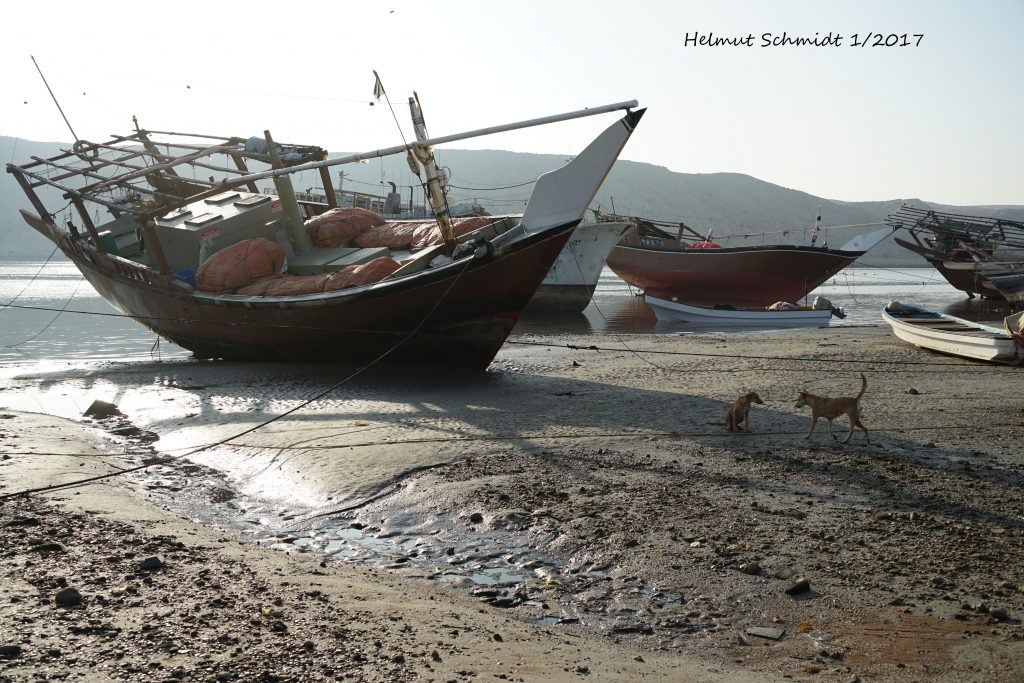
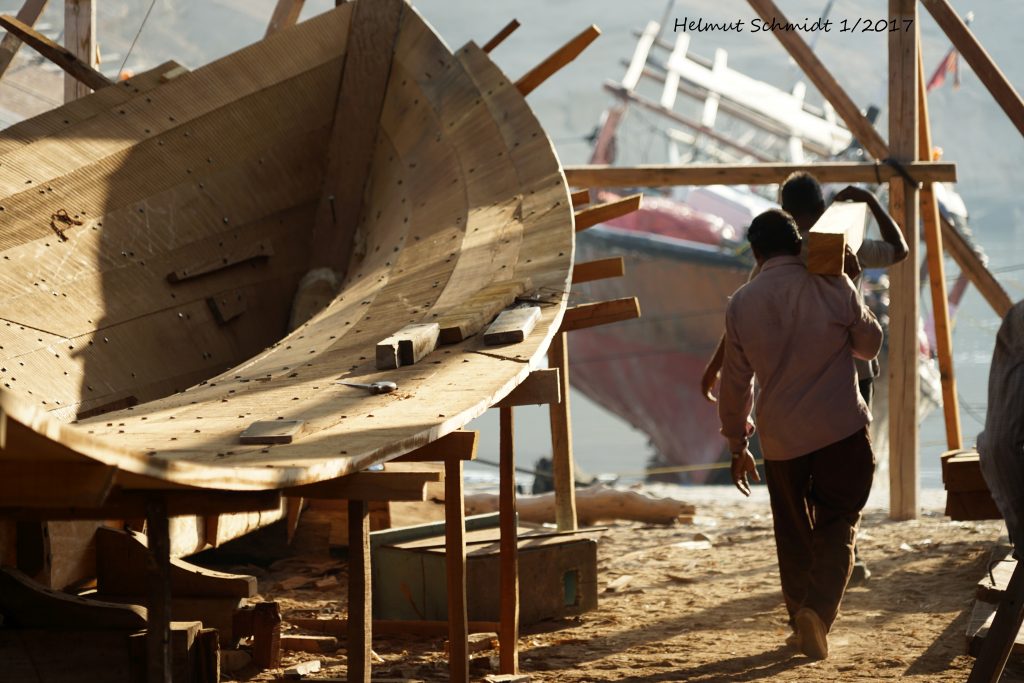
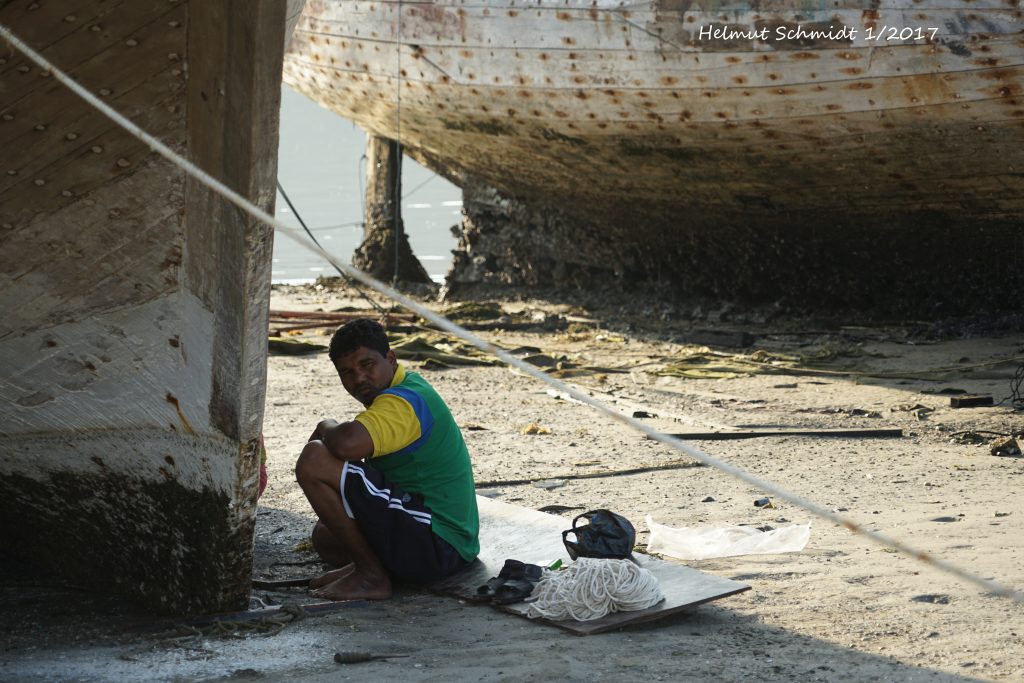
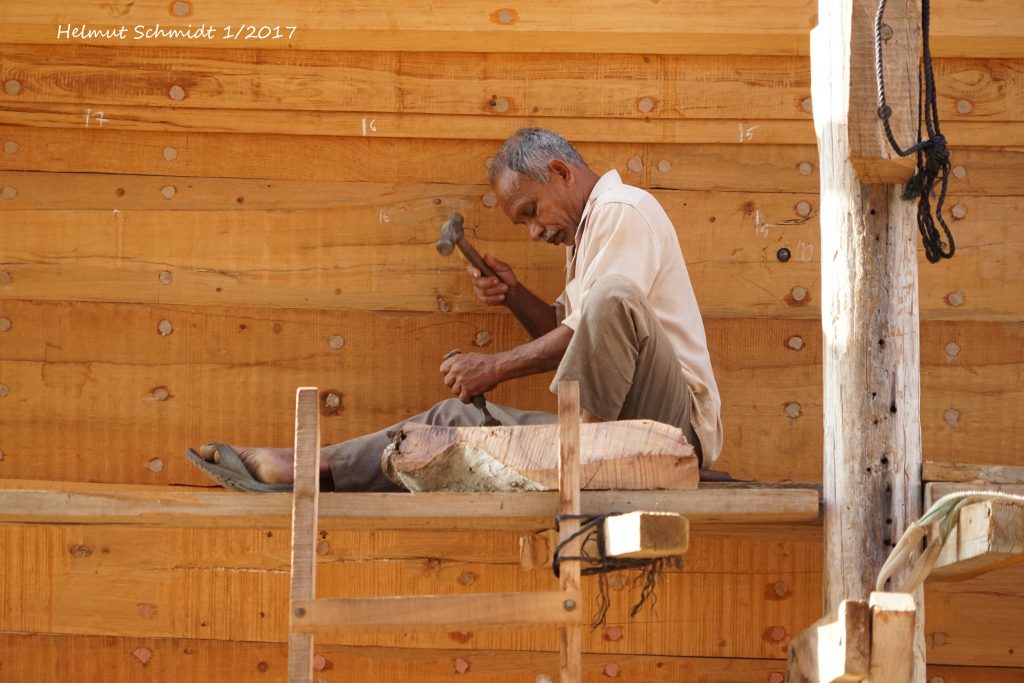
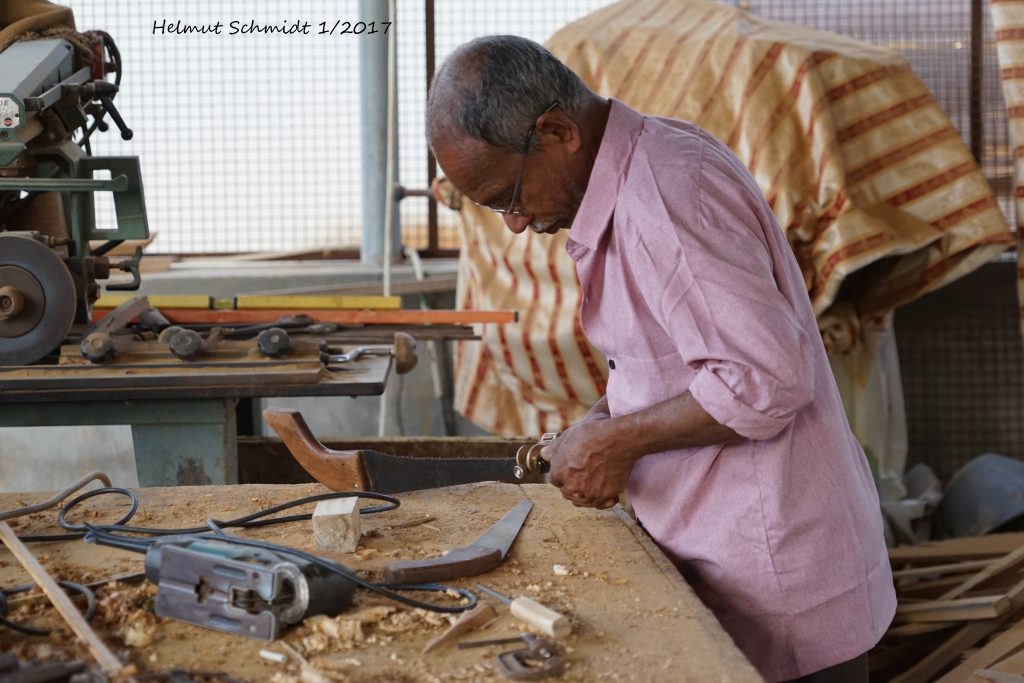
Among markets, my favorites are those selling fish. The variety of the creatures they offer, the smell, the different people working there and buying, are fascinating photo objects. The world’s biggest is the fish market in a suburb of Tokyo. This is a market in a modern, developed country, and yet it is full of sensations.
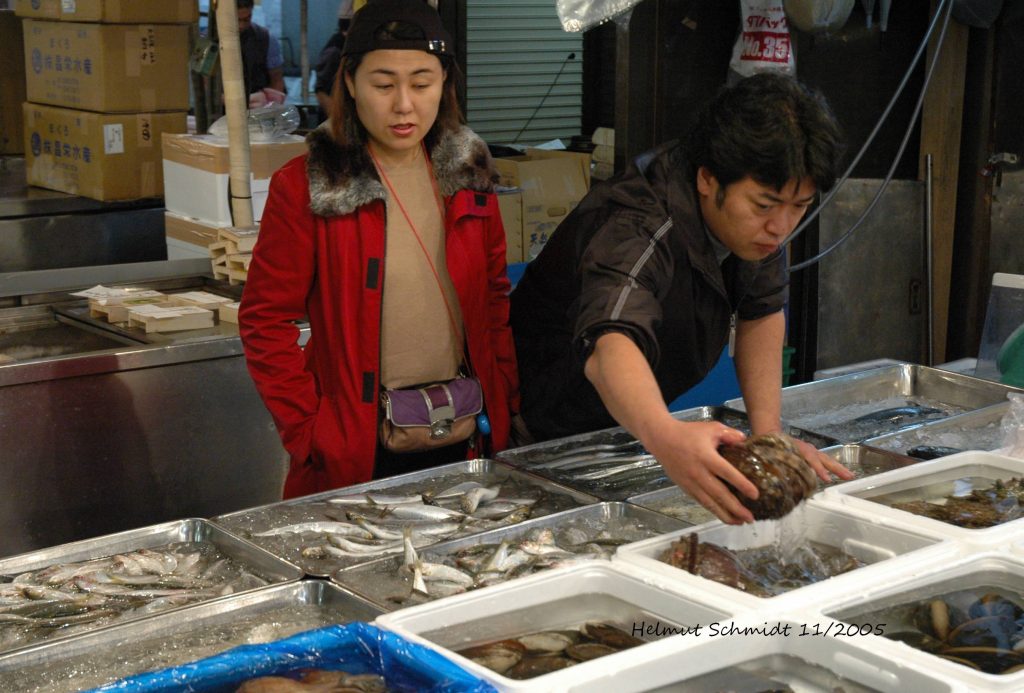
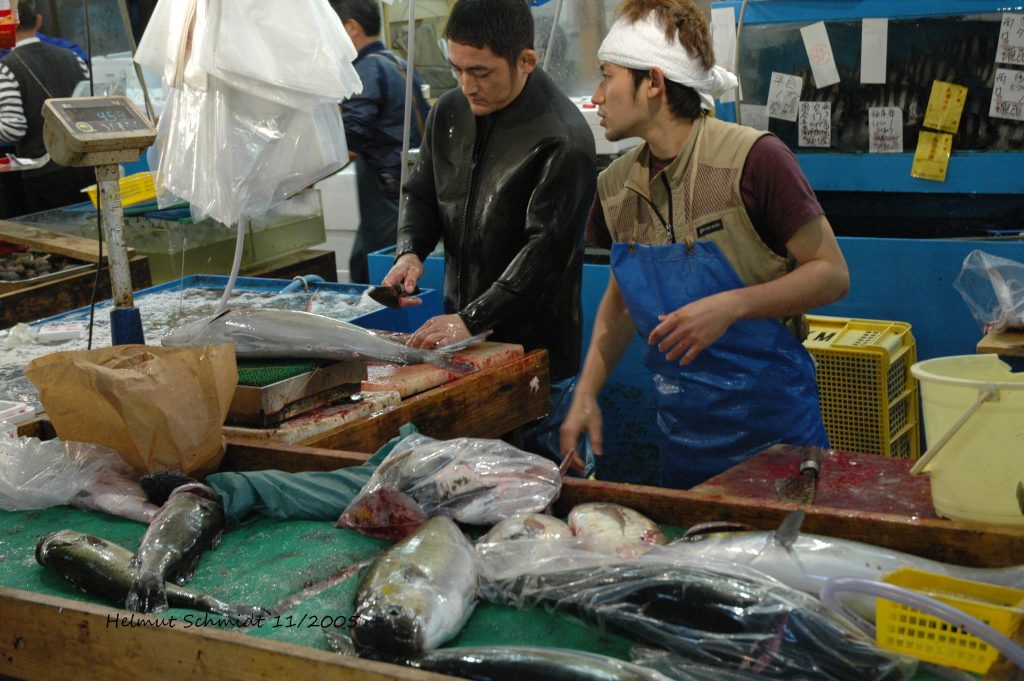
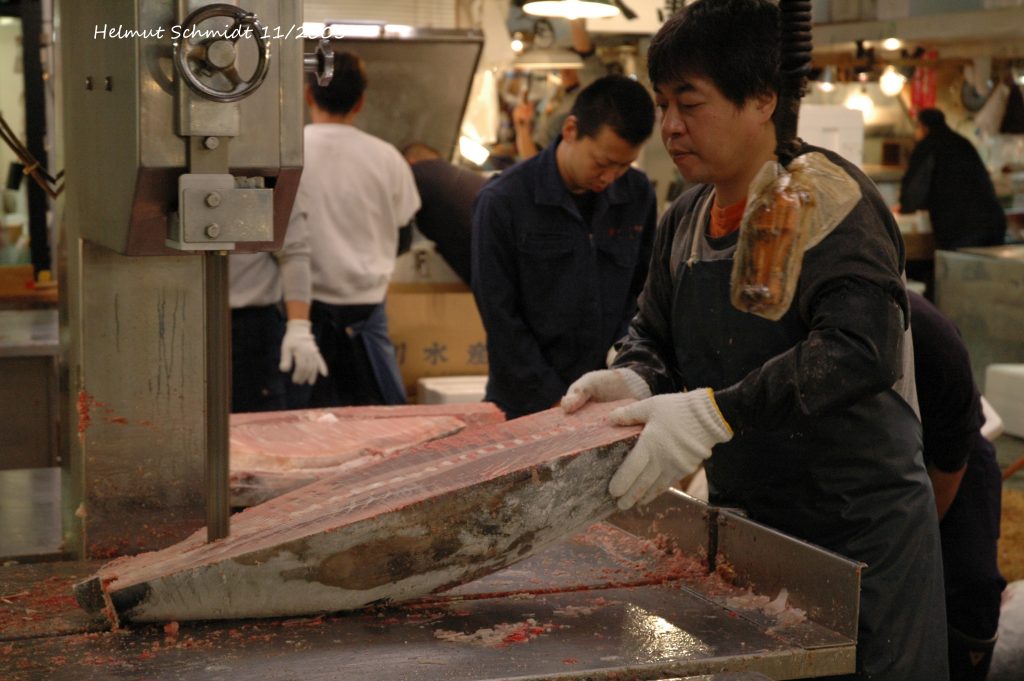
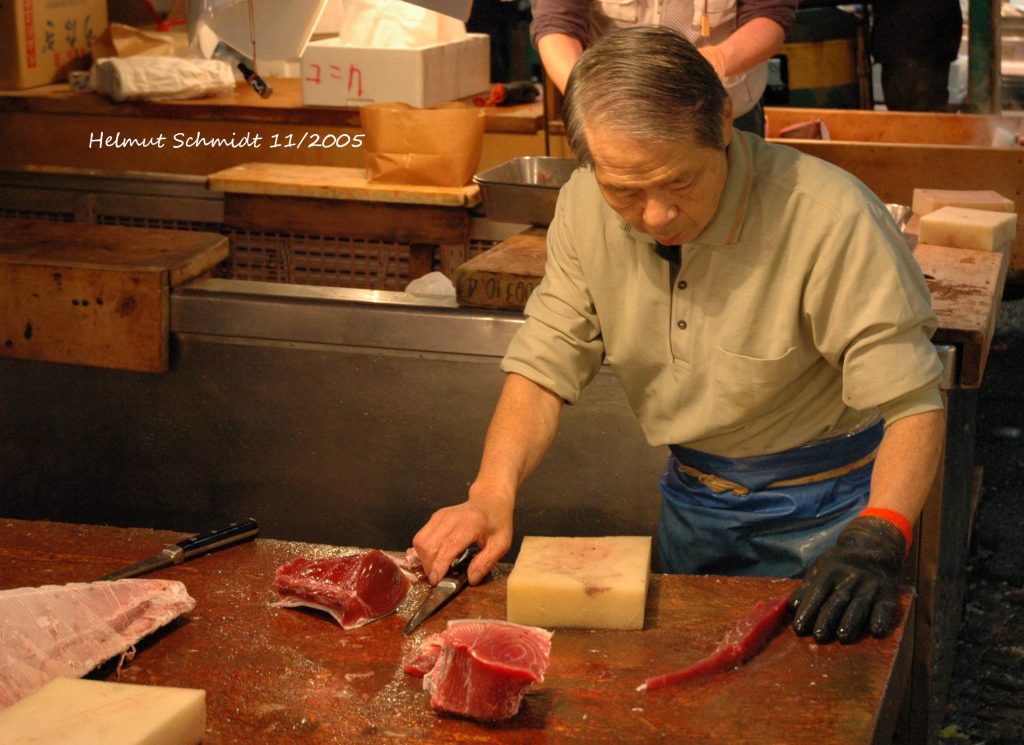
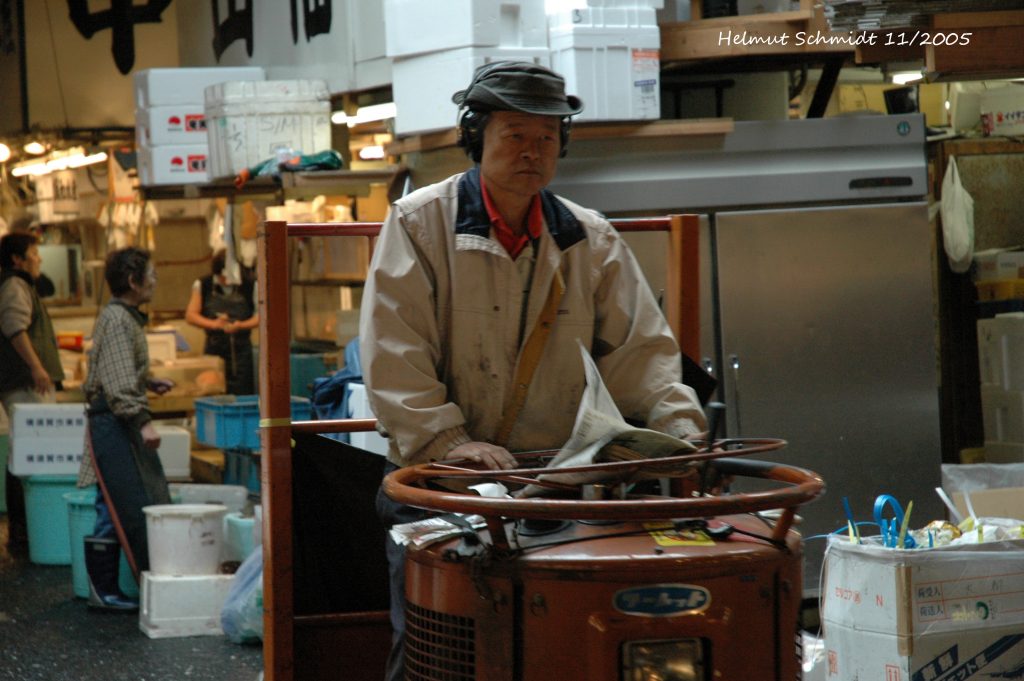
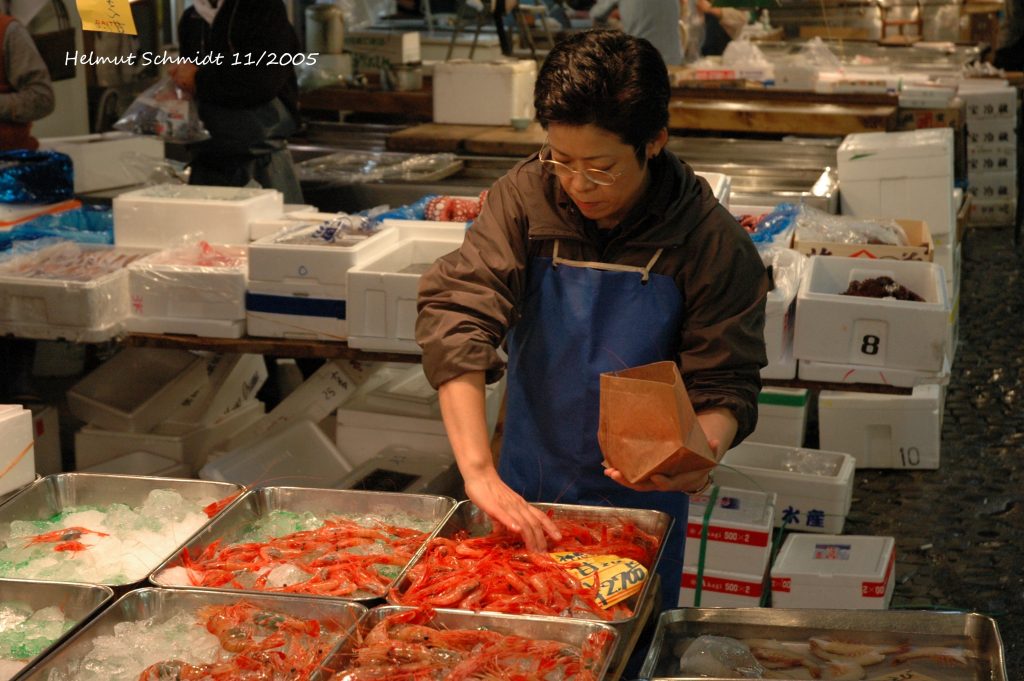
In Venice, Vaporettos have the role of buses. Covered platforms serve as water bus stops. Some of the water buses have open spaces at the bow and prow. If you manage to get a seat there, this is the perfect spot for sightseeing.
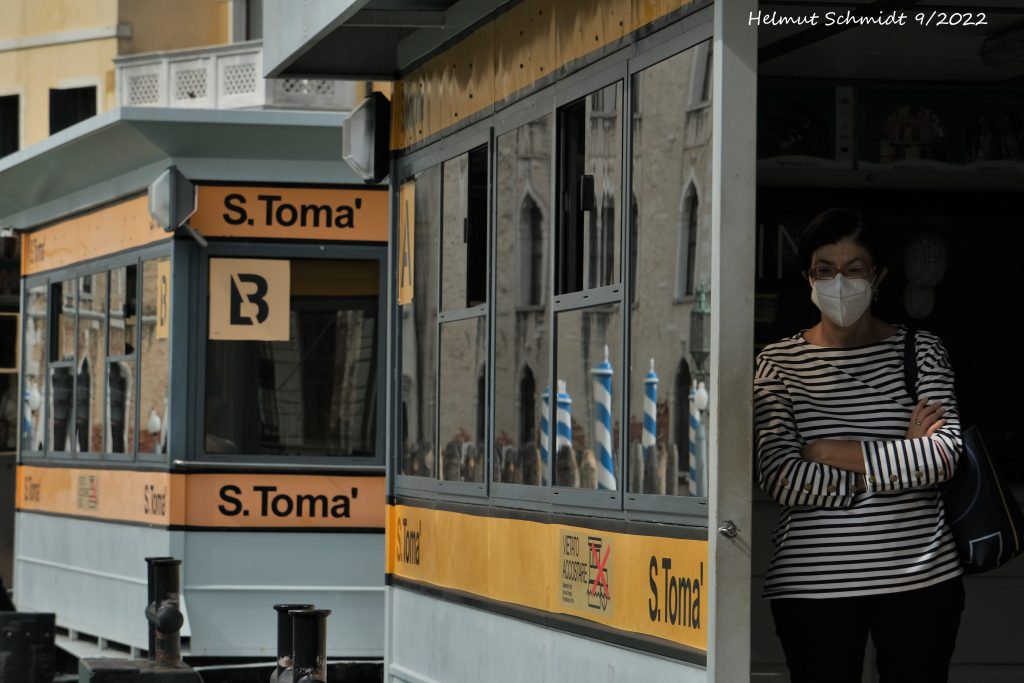
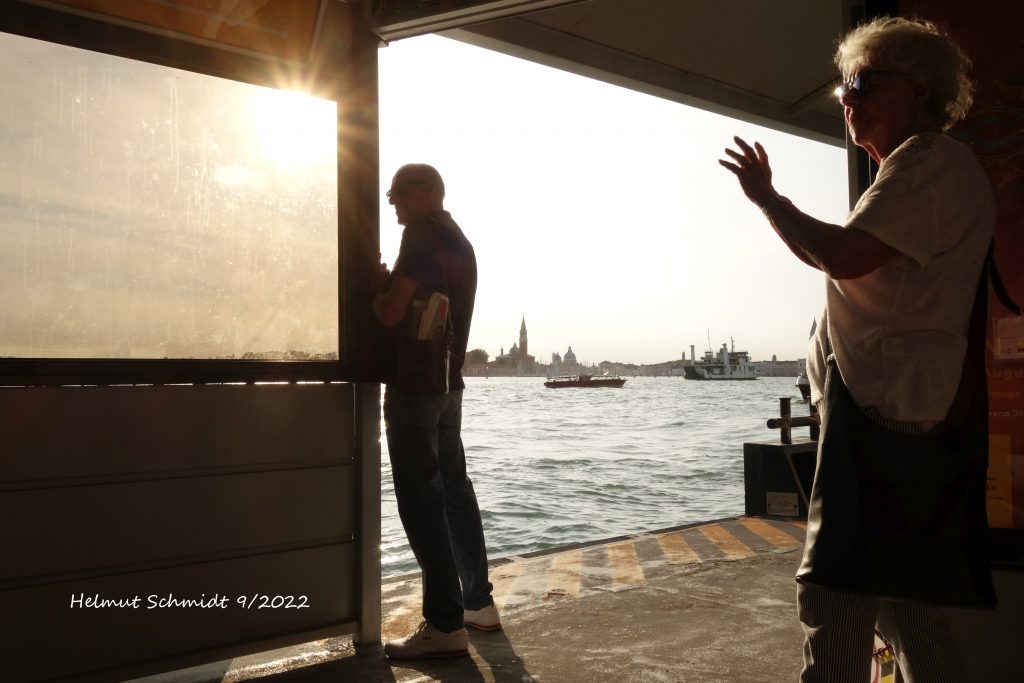
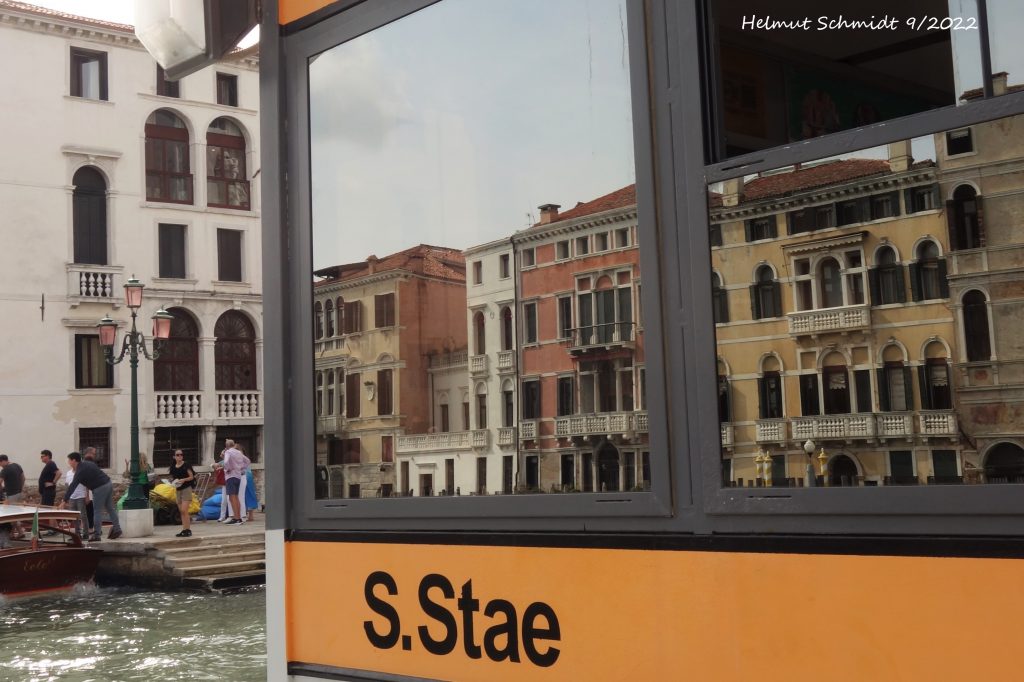
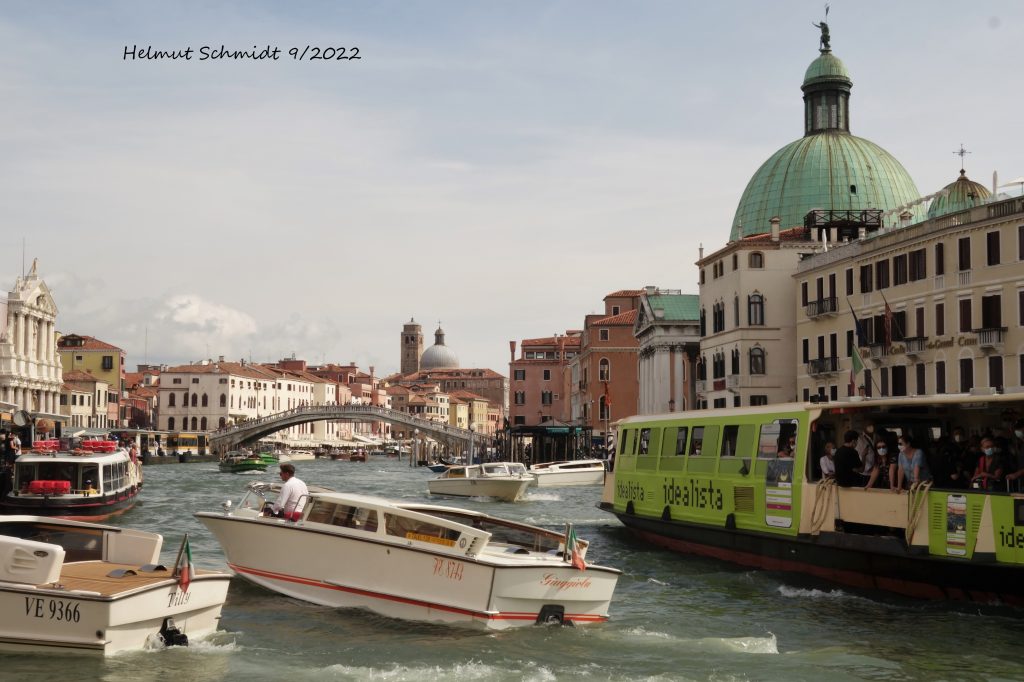
The Tuesday market in Djenné, Mali, was one of the most famous in Africa. Here the local farmers exchange their products for everything the villages need. The dresses of the women give color to the brown grey background of the historic old town built from Adobe bricks
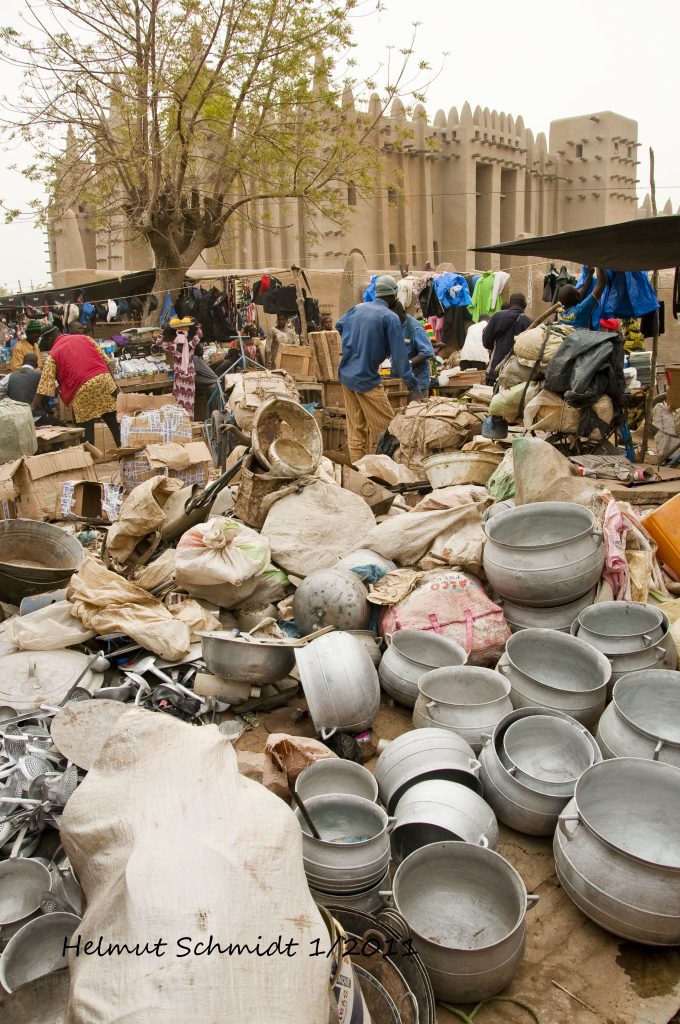
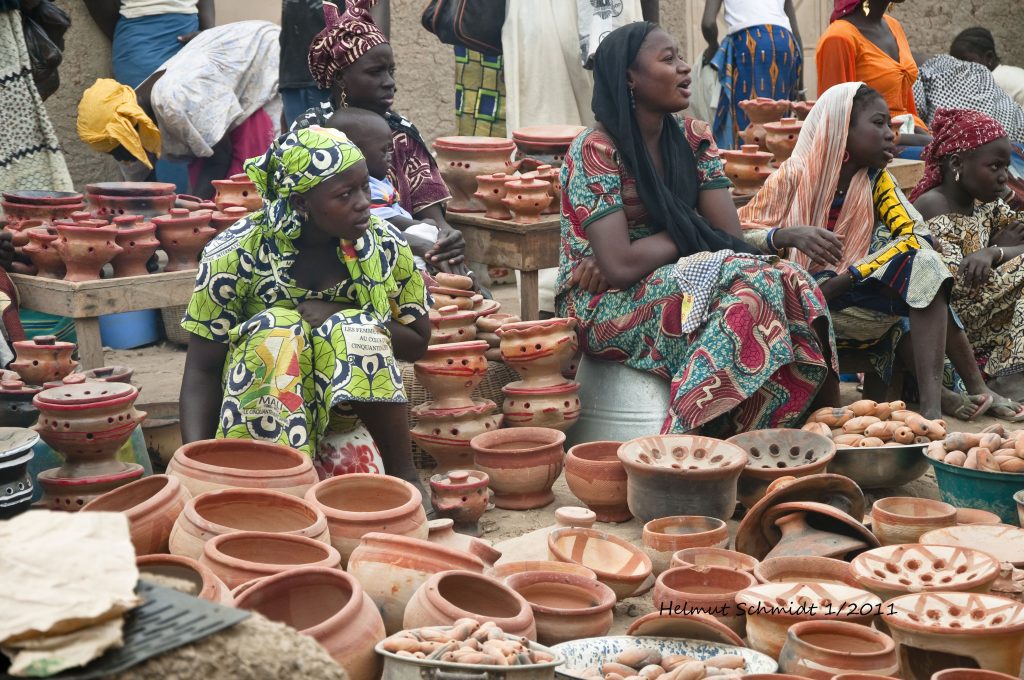
In begin of 2011 the security situation in Mali started to get worrying. There were still some visitors, but the market was strictly for the locals. Today also these last visitors have disappeared
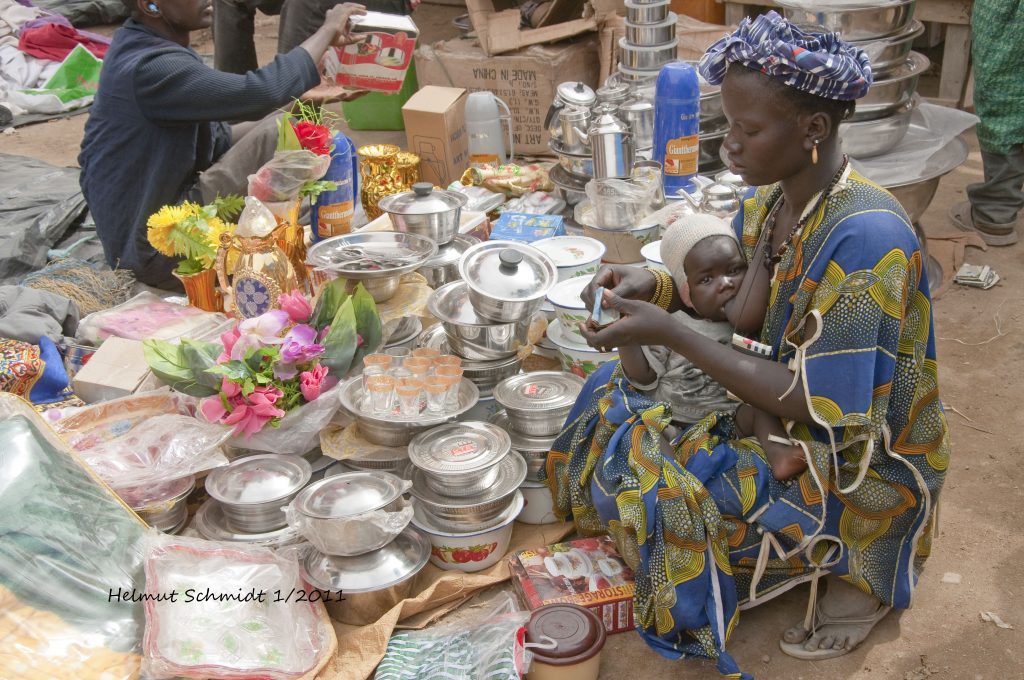
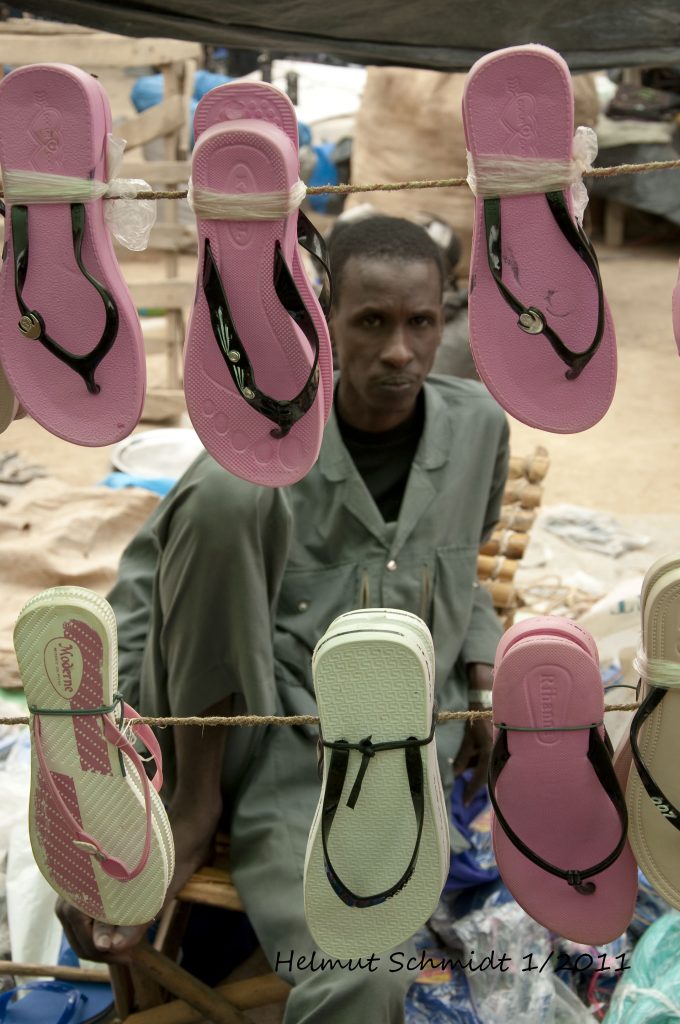
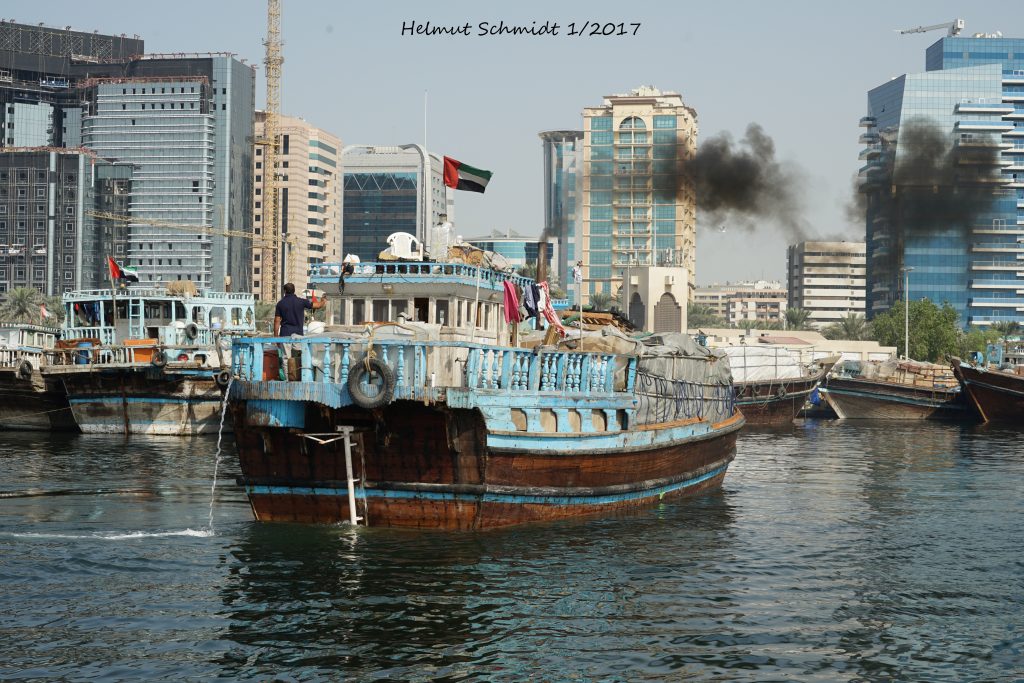
With all their money from oil revenues the gulf states have managed to built shiny modern capitals full of shopping malls. What is left of the traditional arabic world is renovated beyond recognition or hidden behind closed doors. However, there is one exception: the old port of Dubai hardly never sees any tourists. Wooden ships mainly from Pakistan or Iran are loaded with the products the shiny new world has to offer. The friendliness of the sailors and dock workers makes taking portraits easy
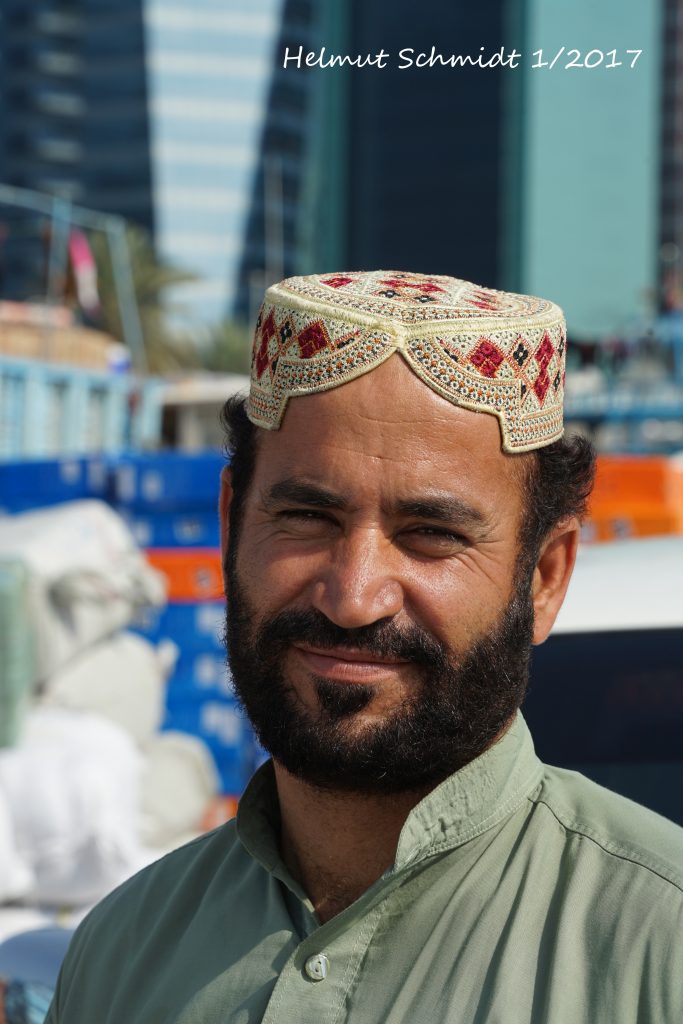
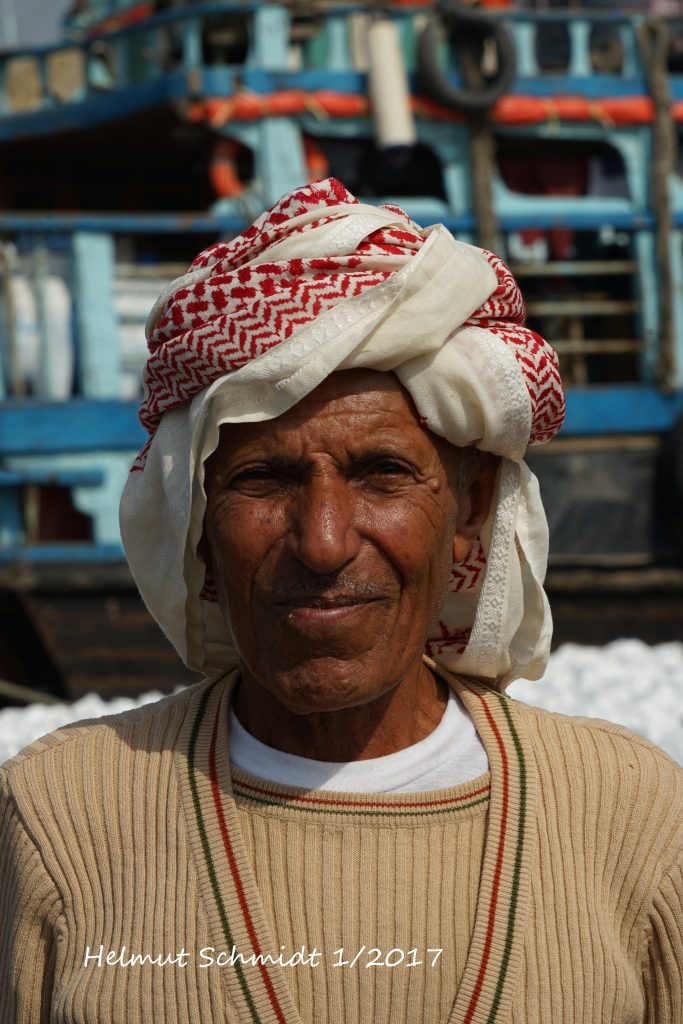
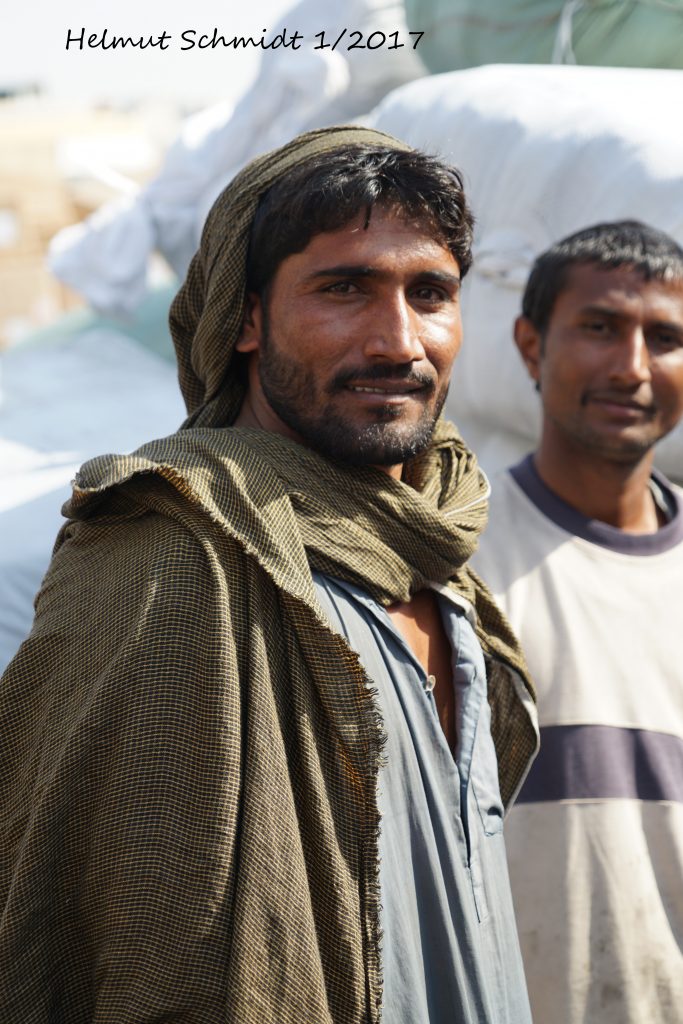
Many houses in Sweden are painted in a color called Falu Red. Originally the paint was a byproduct of the copper mine of the same name. The mine was already closed in the 17th century, but there was enough rocks and ore left to produce pigment for red paint up to this day. In the maze of the thousands of bays and islands along the Swedisch coast the red of the cottages and boat houses reflect in the calm water.
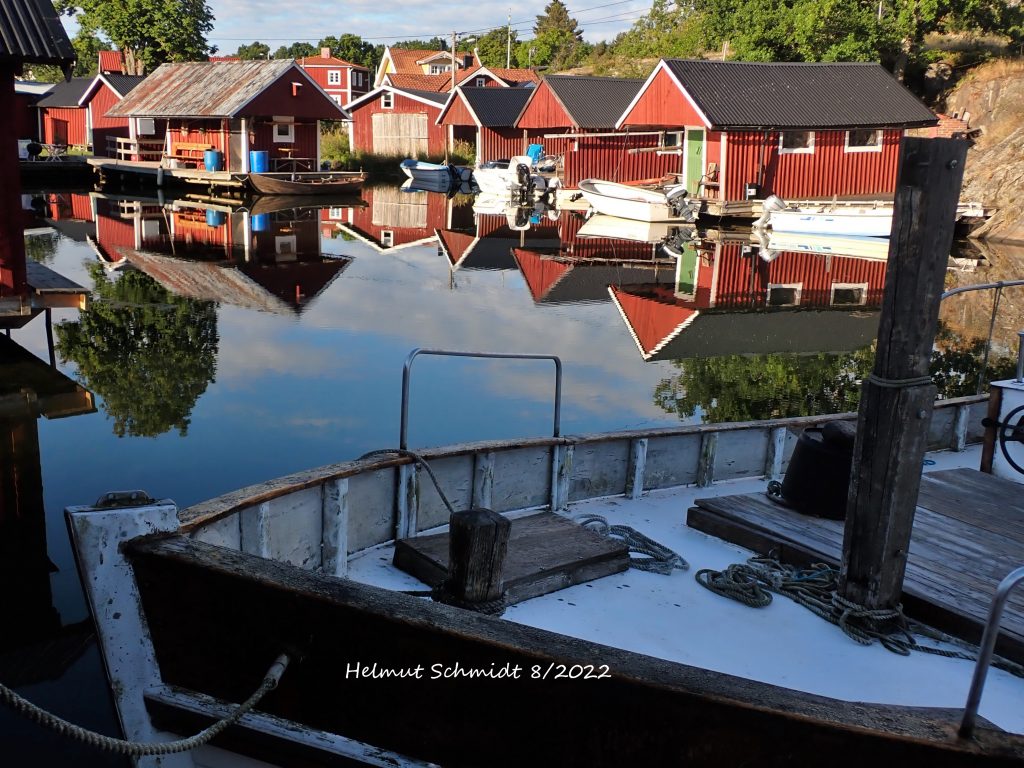
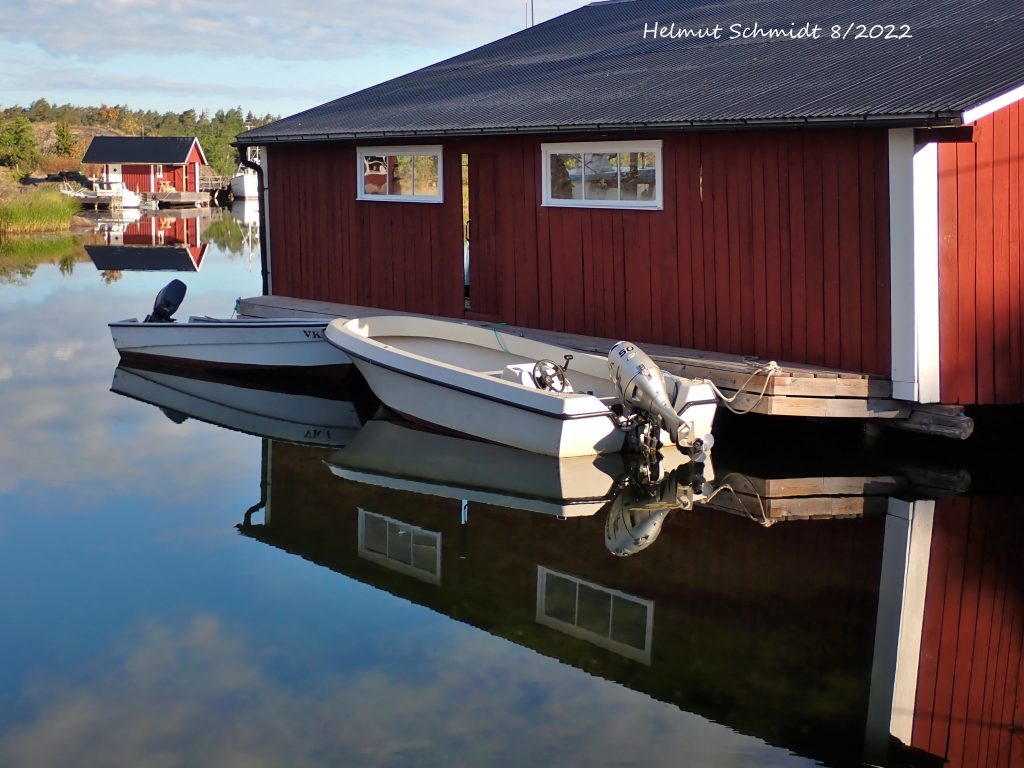
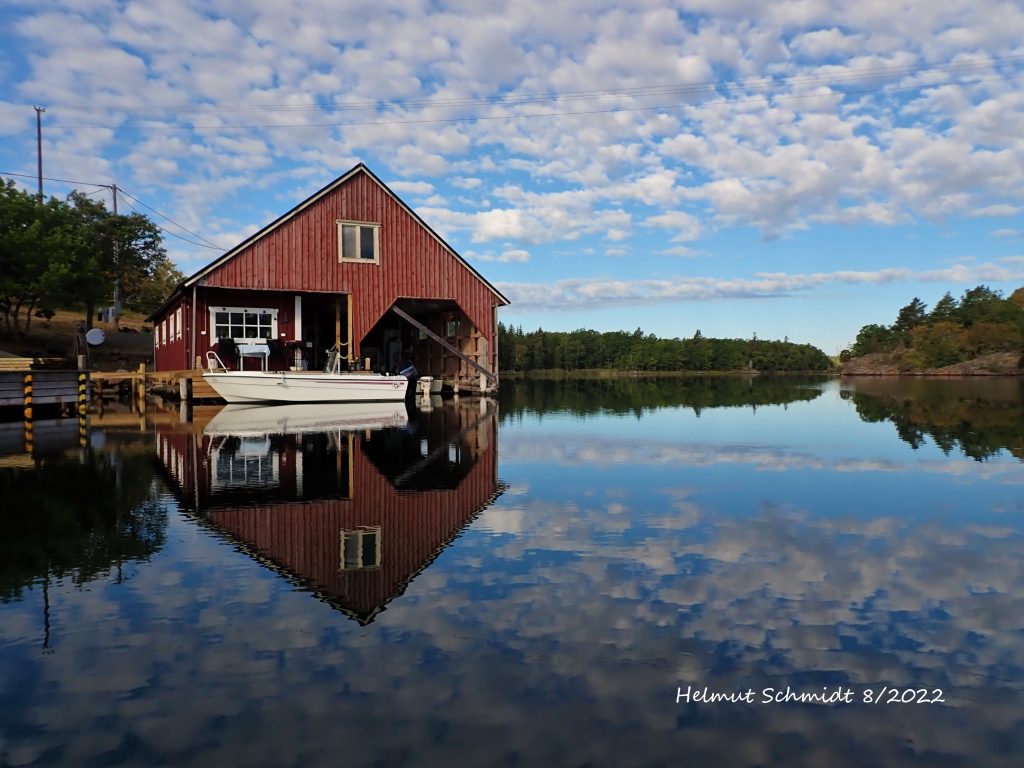
In 1959 the Deutsche Reichsbahn, the railway company of East Germany, introduced a light rail car to make service on branch lines more economic. With their bright red color the rail cars soon got the nickname of “blood blister”.

Another nickname originated from the rail cars’ main area of service in the country side. There it was called “piglet taxi”. However, the few remaining cars are now perfectly maintained by their owners, historic railway associations.

I encountered one of the railcars in the station of Putbus on the island of Rügen. Only the masses of tourists are new over the time when these rail cars were used here until about 30 years ago
